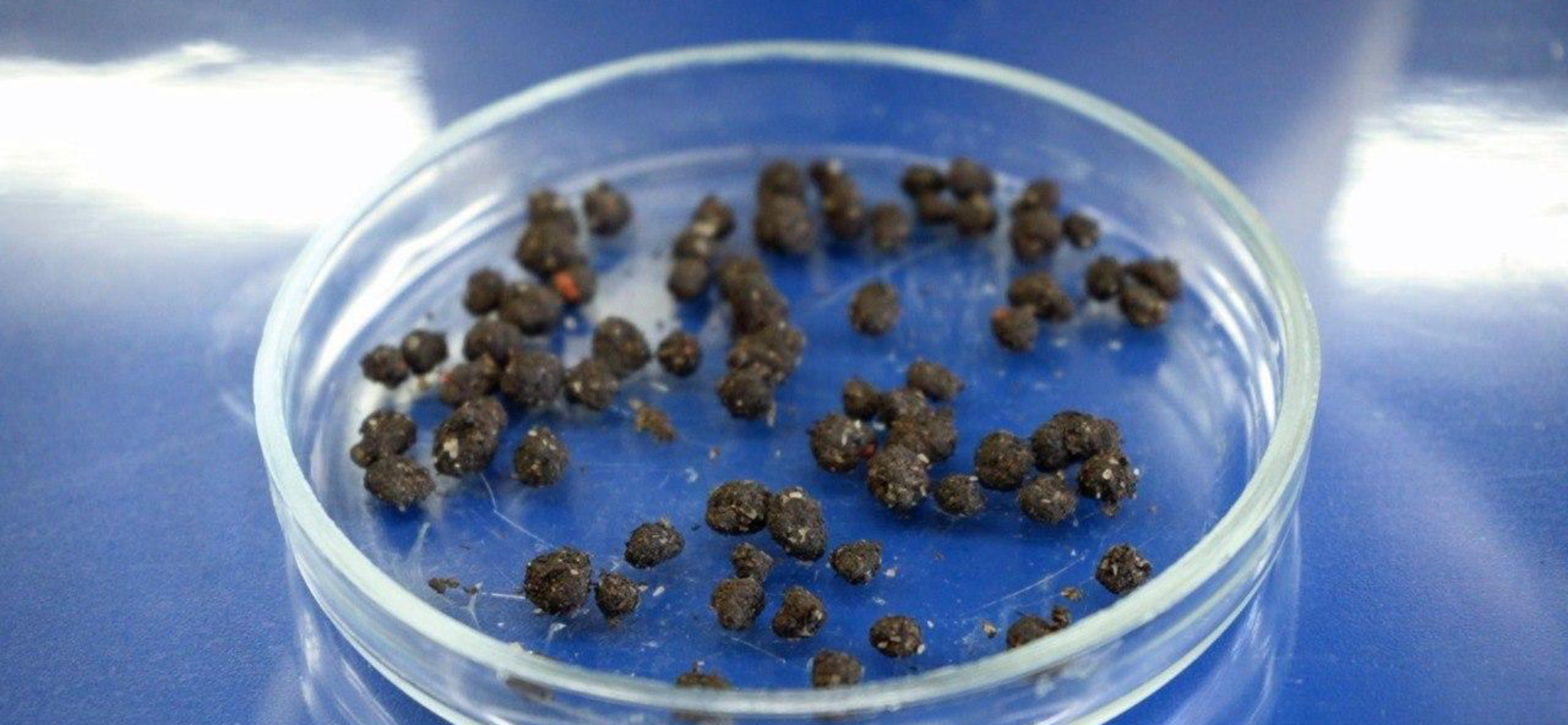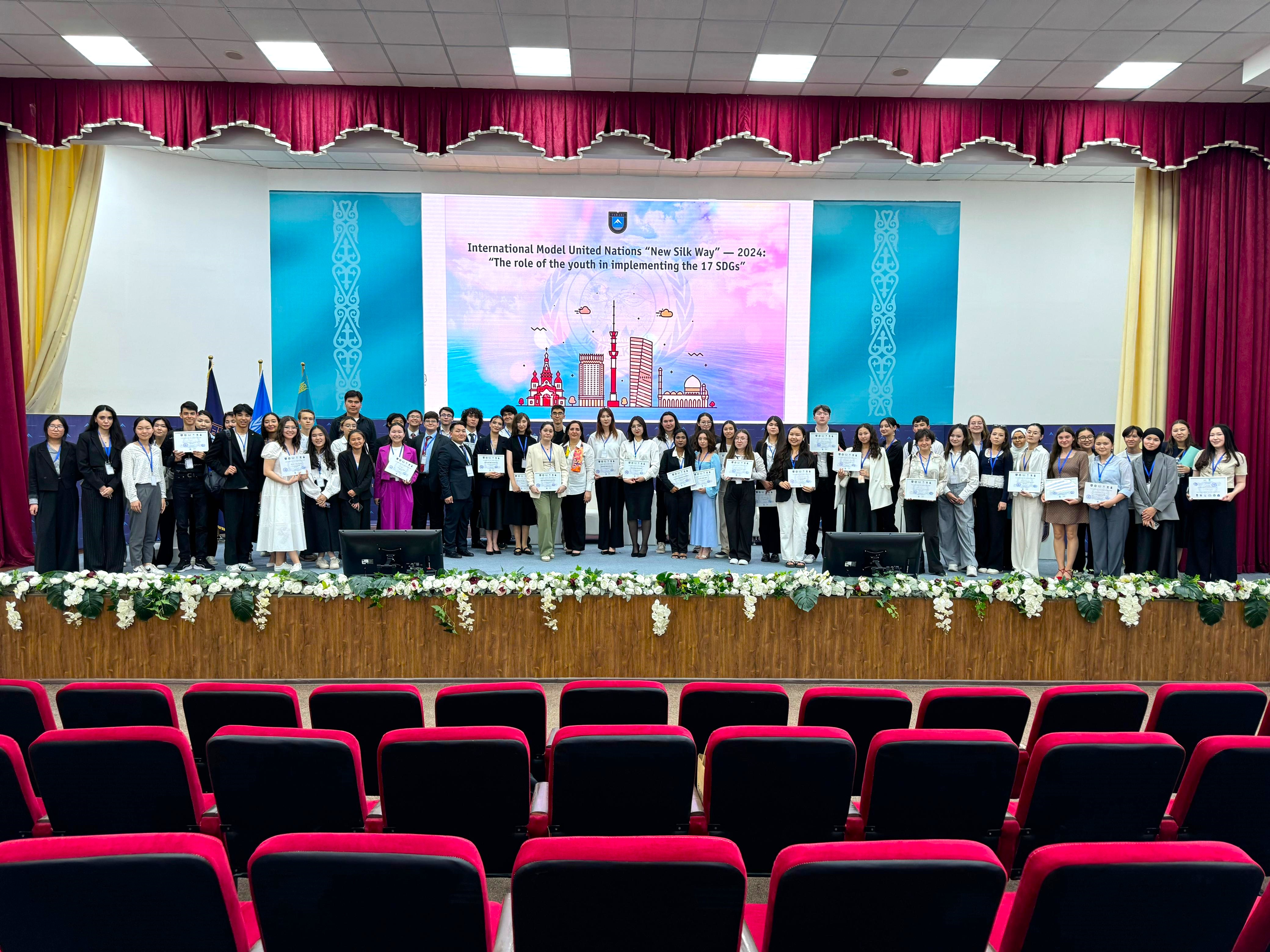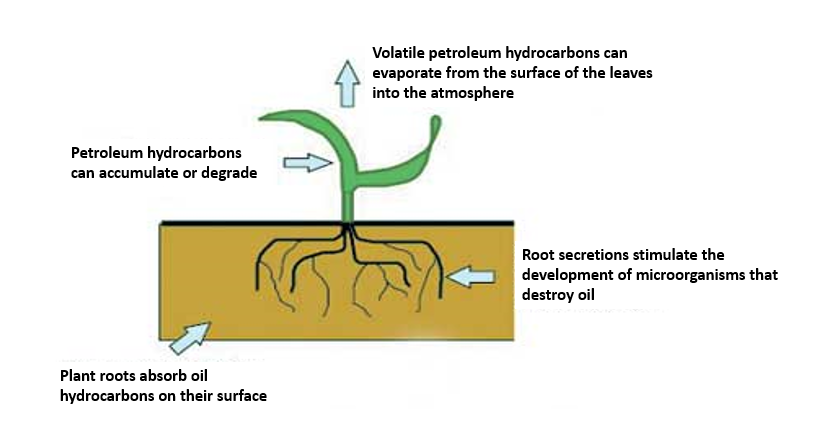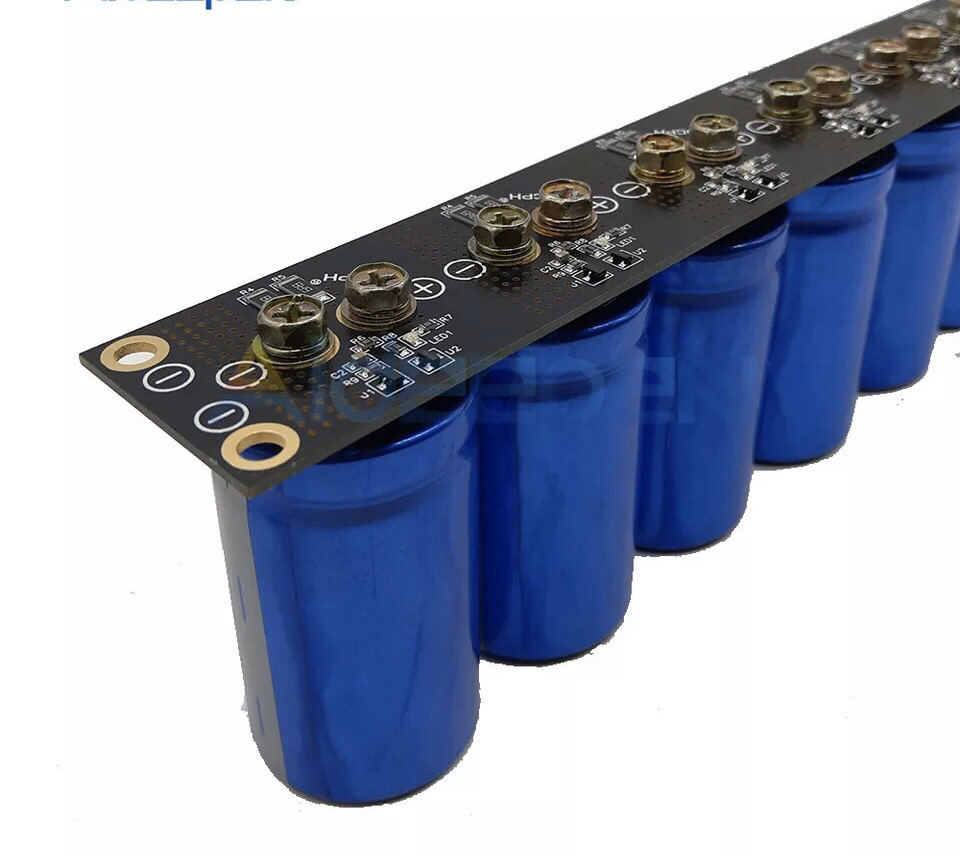As drought tightens its grip on regions across the globe, the race to secure the future of agriculture has never been more urgent. Yet while many institutions are only beginning to confront the challenge, Al-Farabi Kazakh National University is already delivering results. In a striking demonstration of scientific leadership, KazNU researchers have developed a biodegradable seed coating that enables plants to germinate faster, grow stronger, and consume dramatically less water — an innovation that places the university at the forefront of sustainability-driven science.
The idea itself reads like a glimpse into the future. KazNU scientists engineered a delicate, environmentally friendly coating made from polymer hydrogels, clay, rice husk ash, and a starch solution. Applied to seeds, this thin layer functions as a natural reservoir, storing moisture and releasing it gradually. The impact is transformative: seedlings emerge within just seven to eight days, develop noticeably denser foliage, and withstand stressful climatic conditions with far greater resilience. Perhaps most impressively, they require watering only once a week — a game-changing reduction for regions facing water scarcity.
Achievements of this scale rarely happen by accident. Behind the innovation stands a multidisciplinary team of more than ten KazNU researchers, bringing together expertise in materials science, agronomy, environmental chemistry, and biotechnology. Their coordinated effort not only resulted in a functioning product but also secured a national patent and earned publication in leading international journals. For Kazakhstan, this represents an unprecedented scientific advance; for the global community, it is a promising model for sustainable agricultural innovation emerging from Central Asia.
What makes this development even more noteworthy is how precisely it aligns with global sustainability priorities. Agriculture is one of the world’s most water-intensive sectors, and technologies that can conserve even a portion of this resource are vital to climate adaptation strategies. KazNU’s coating reduces water consumption, improves crop stability, and uses only biodegradable materials — a combination that positions it as a forward-looking solution to a problem many countries are only beginning to grapple with.
This breakthrough sends a clear signal: KazNU is not simply participating in global scientific dialogue — it is helping shape it. The university’s ability to transform fundamental research into impactful, practical solutions illustrates the strength of its scientific ecosystem and its growing international relevance. While others discuss the importance of innovation in sustainable development, KazNU is delivering it, one seed at a time.
In a world where climate challenges are accelerating, the work being done at KazNU stands as a testament to what a leading research university can achieve. It is science with purpose, innovation with immediate relevance, and a powerful example of how Kazakhstan’s flagship university is pushing the boundaries of what is possible in modern agricultural science.








